The Aldea de San Nicolás has a land extension of 139 square kilometres from the coast to the interior of the island, and the municipal town lies at an altitude is 340 metres above sea-level. It is bordered on its northern and eastern limits by cliffs and gullies, and it stretches from north to south in an irregular coastal fringe of 33 kilometres. It is a considerably abrupt high rocky coast of great beauty with beaches and small coves that correspond to the mouths of gullies and gorges.
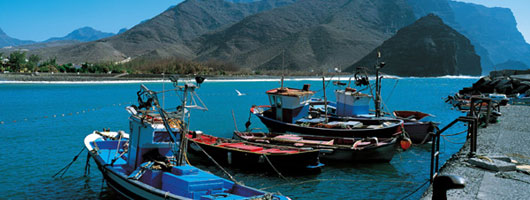
A visit through the municipal town of La Aldea de San Nicolás allows visitors to appreciate the popular Canarian architecture which is displayed in its old quarter: the stone and mud houses of the XVII and XVIII century and the balcony houses of the XVIII century. Examples of these are the Casa del Balcón (the Balcony House), the first house built in the village centre, Casas Blancas (White Houses) and the Casa del Corredor (Corridor House).
In the municipality the Live Museum is very popular. Here there is a live enactment of the Canarian culture and traditions: the crop threshing using animals, the making of bread in a traditional oven, the milking of goats, the milk tasting with “gofio” (powdered toasted corn) and the production of cheese.
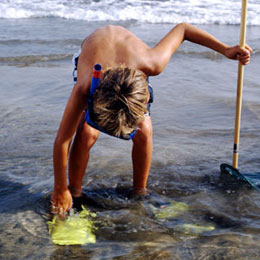
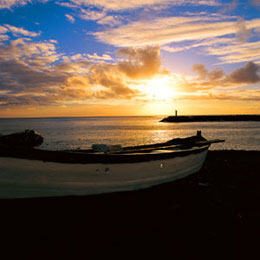
The aboriginal legacy is also very important in La Aldea. In the archaeological complex of Los Caserones was where a rich collection of pre-hispanic mud and stone symbol paintings and figures were found and which at present are kept in the Canarian Museum in Las Palmas.
It is recommended that you visit the old threshers, the water mines situated in the Barranco de Tocodomán, the four wind and water flour mills, the lime, tar and bread ovens, and the alembic for the distilling of rum, which worked from 1936 to 1958, in Playa de La Aldea.
An interesting sight in the Aldea de San Nicolás are the aeroponic crops, the cultivation of tomatoes and aubergines in the air, which is unique in Europe.
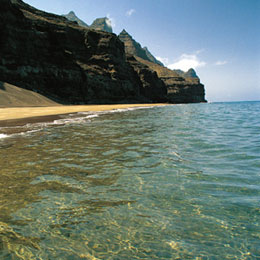
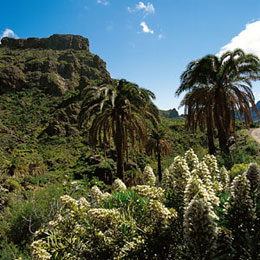
Along the 33 kilometres of coast of La Aldea de San Nicolás, stone beaches, small coves, large caves and beaches of black sand intermix. The majority of beaches have so few visitors that they are preserved intact and the natural landscape remains virtually virgin.
Of the beaches the ones that stand out are the Playa de la Aldea (which is the most visited due to its proximity to the town), the beaches of Tasarte and Tasartico, and especially the beaches of Güi Güi, of great beauty due to their enveloping surroundings.